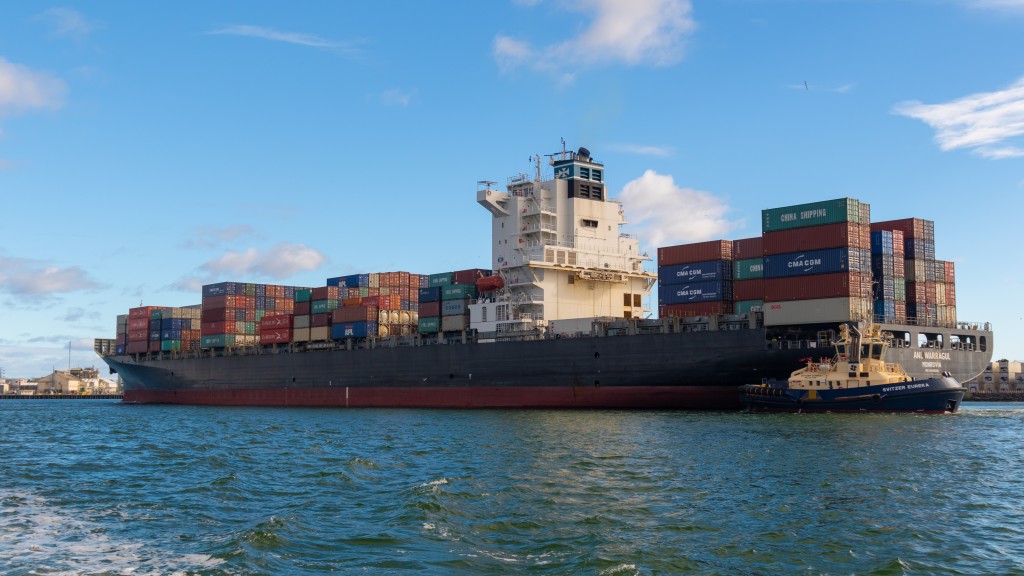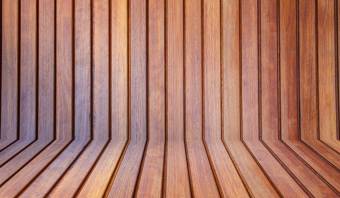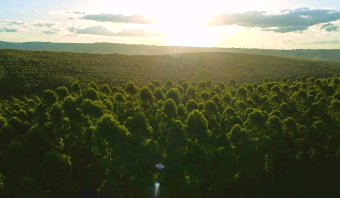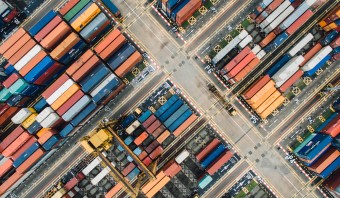March 11th 2024

For WoodFlow, the closure of one of the country’s major wood export ports, lasting 17 days, contributed to the decline in wood exports in October.
The Port of Navegantes in Santa Catarina, one of Brazil’s major wood export hubs, remained closed for 17 days in October due to heavy rains. According to WoodFlow’s Co-founder, Giullian Fernanda Silva, this event significantly contributed to the decrease in wood exports during the period. “Numerous shipments couldn’t take place, and the port had to remain closed,” she explained.
As reported by Portos e Navios, Portonave had to halt operations from October 4 to 21 due to the high level of the Itajaí Açú River, leading the port authority to close the channel providing access not only to the Port of Navegantes but also to the Port of Itajaí (SC). Consequently, several ships had to dock at other ports, including Imbituba (SC), Itapoá (SC), Paranaguá (PR), and even Santos (SP).
However, the main consequence was felt by exporters. Numerous shipments scheduled for Navegantes couldn’t be executed, causing a significant delay in sending these loads to other countries. “Apart from the losses in shipping, exporters will bear all the extra expenses for storage and transportation. Not to mention the altered delivery time to the customer,” Giullian added.
Planning an Exportation
Exporting a product to other countries using maritime freight involves being subject to adverse events like heavy rains in Santa Catarina. Besides extraordinary occurrences, what should wood exporters keep in mind when selling their products internationally?
After securing a foreign customer, the first step is to analyze freight options. Pay attention to the fees and procedures charged by each port. Each port publishes the values for weighing, scanning, and container storage on its website.
Even after calculating the freight, port, and delivery costs, exporters need to be vigilant about other possible charges, such as ship delays, red channel inspections by MAPA (Ministry of Agriculture and Livestock) or the Federal Revenue, where the exporter is unilaterally penalized. Here are some examples that may occur:
- The exporter meets the deadlines set by the shipper, delivers the container to the port. The ship delays without justification. The exporter pays the extra storage cost generated at the port.
- If flagged for a red channel inspection by the Federal Revenue, the costs for positioning, unloading, and inspecting the container are very high (according to the port table). Besides missing the scheduled ship, it penalizes the exporter and cannot be predicted.
- If MAPA rejects the cargo and requests further treatment, the costs fall on the exporter as well.
Even with all these possible events, it is possible to create a cost planning, and WoodFlow can be your ally in this regard. “We are experts in international wood negotiations, positioning Brazilian products assertively abroad. Additionally, with WoodFlow’s support, the exporter can follow step by step the product delivery, from documents to costs with ports and agencies,” said Giulian.


